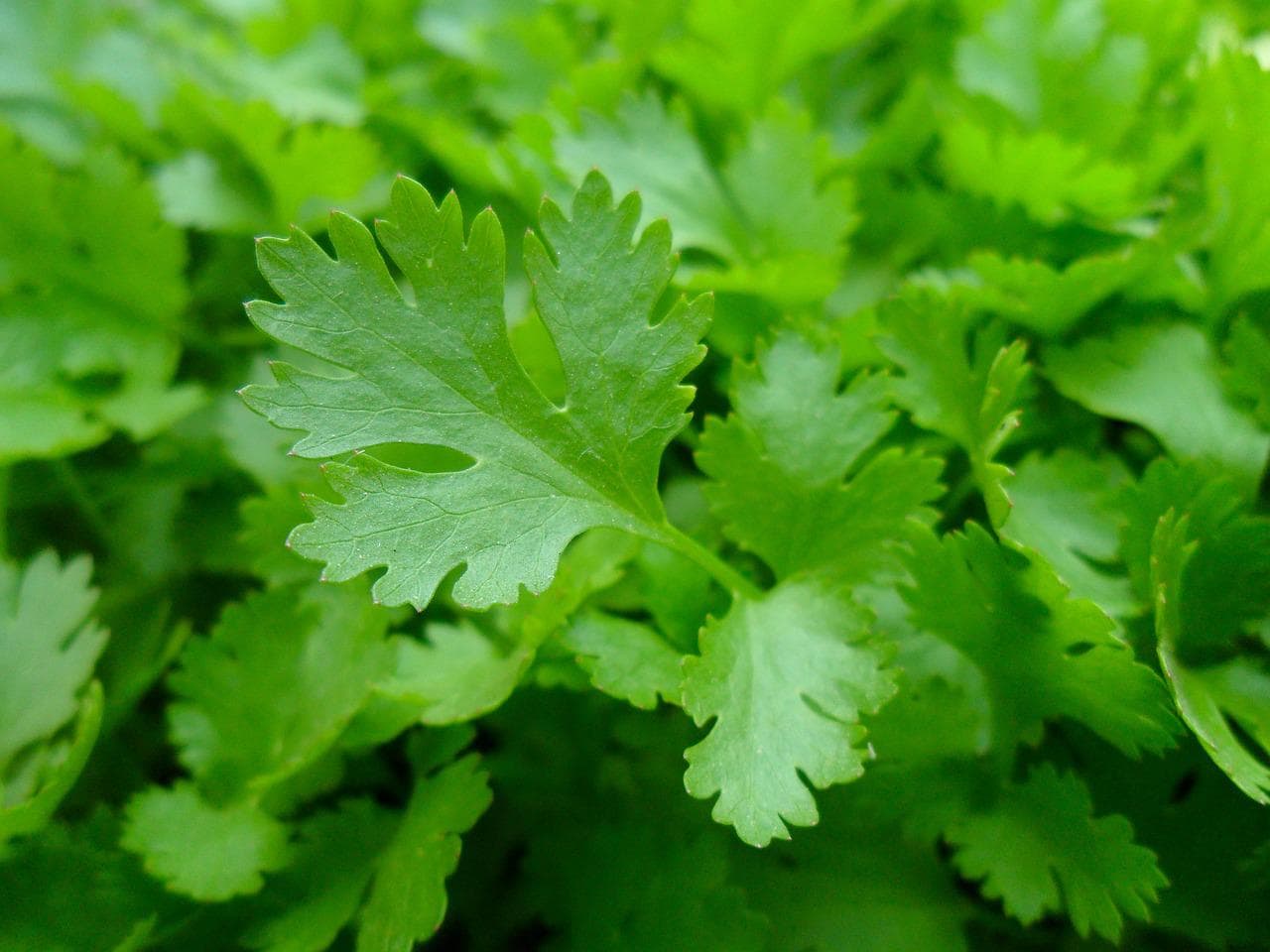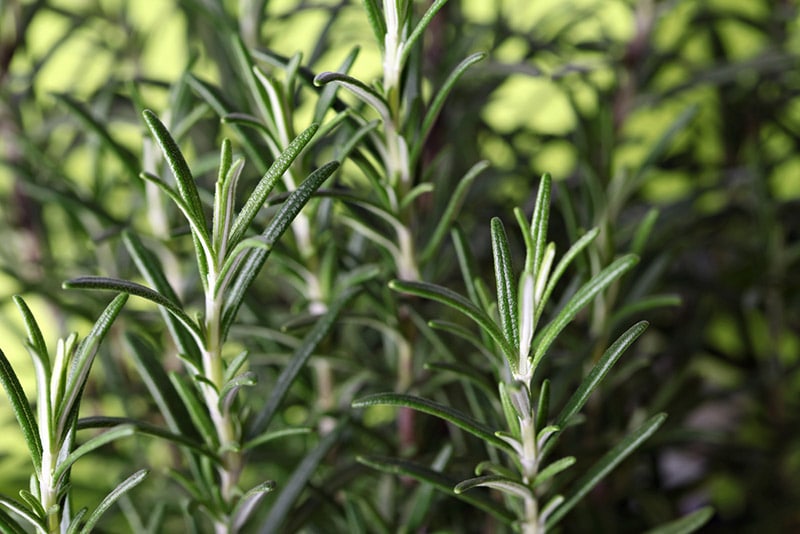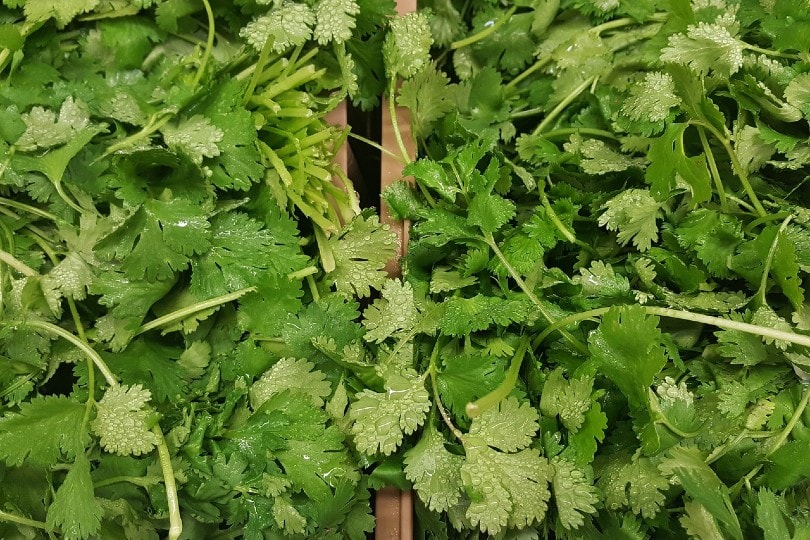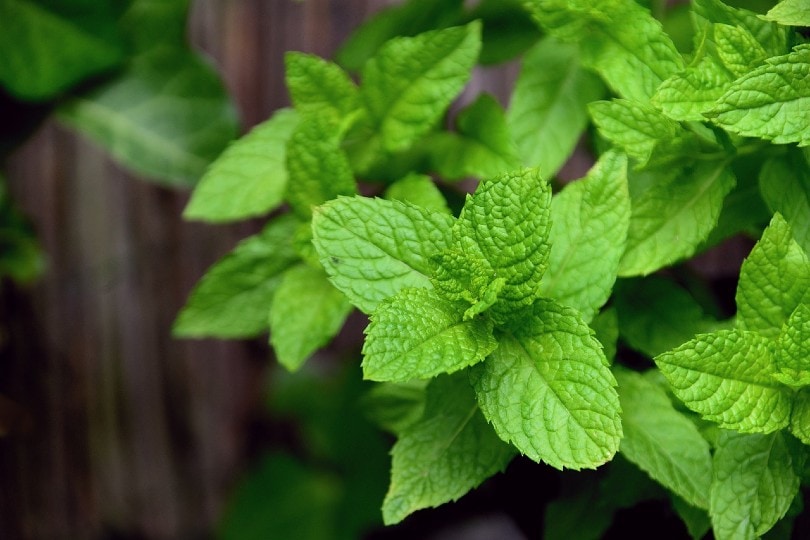11 Best Herbs To Grow in Hydroponics (with Pictures)
-
Greg Iacono
- Last updated:

If you’re a foodie (and even if you aren’t), you likely know that herbs are essential in most recipes. Herbs like rosemary and basil impart a flavor and aroma that can be intoxicating, turning a simple dish into something extraordinary. The same can be said for sage, mint, dill, and all the other herbs commonly used in the kitchen.
One drawback, though, is that herbs can be relatively expensive and aren’t always available when you need them. Enter hydroponics: the art of gardening without the use of soil. With hydroponics, anyone can grow herbs almost anywhere, including indoors. When you grow herbs with hydroponics, you guarantee they’re available for your latest culinary creation.
We’ve collected the best herbs to grow in hydroponics for you below, with pictures to help! Read on to discover them all, and always have your favorite herbs ready when it’s time to create your next meal!
Before You Start
You’ll need a few things to get started, no matter which herbs you plan to grow with hydroponics.
- Seeds for the herbs you want
- A container (or several) to grow them
- A system to anchor the plants (More info below)
- A light source. (Sunlight or artificial)
- Nutrients for the plants
- Water
You will also need to choose a hydroponic growing system if you want to grow herbs at home. This system (whichever one you choose) will deliver water and oxygen to the roots of your plants. There are seven hydroponic systems. One thing to note is that all the herbs on today’s list will grow in all seven designs. The most significant difference between them is the time, energy, and cost, plus the amount of space you have for growing your herbs.
- Nutrient Film Technique (NFT)
- Deep Water Culture (DWC)
- Wick System
- Ebb and Flow System
- Drip System
- Aeroponics
- Kratky Method
The 11 Best Herbs To Grow in Hydroponics
1. Basil

| Scientific Name: | Ocimum basilicum |
| Used In: | Italian, Thai, Indonesian, Vietnamese |
| Hydroponic Method: | All |
Basil is one of the most popular herbs in the world and is used in several cuisines, especially Italian. One of the most famous recipes with basil is pesto sauce, which is an Italian creation that combines basil with pine nuts, parmesan cheese, olive oil, and garlic.
Mature basil leaves are typically 2 to 3 inches long, very aromatic, and have a smooth texture. Amazingly, there are over 60 varieties of basil, and all have distinct colors and aromas. One of the most notable is Thai basil which has a slight taste of anise, although lemon basil and spicy bush basil are also quite popular. Whichever basil you choose to grow hydroponically, the resulting plants will add color and a beautiful aroma to your home.
2. Parsley

| Scientific Name: | Petroselinum crispum |
| Used In: | American, Middle Eastern, European, Brazilian |
| Hydroponic Method: | Nutrient film technique or Kratky method |
Parsley is a popular herb used in various cuisines and has been used for centuries, most notably by the ancient Greeks. Fresh parsley is used in many fish dishes and is a favorite in salads and soups.
Parsley is also a popular garnish on food and drinks, although it’s usually the curly leaf variety, as the Italian parsley variety is relatively flat and droopy. Many first-time hydroponic gardeners choose parsley because it’s easy to grow and can make your breath smell fresh if you eat a few raw sprigs. No matter how you plan to use it, parsley is incredibly versatile and will improve the look and flavor of any dish.
3. Rosemary

| Scientific Name: | Salvia rosmarinus |
| Used In: | Mediterranean, French, Spanish, Italian |
| Hydroponic Method: | Nutrient film technique |
Rosemary is one of the most hearty and aromatic of all the popular herbs grown hydroponically. Although it’s known for being used in Mediterranean foods, in the United States, rosemary is essential when cooking steaks on the grill, along with parsley, sage, and thyme.
Speaking of grilling, if you’ve never used a rosemary sprig as a skewer for kabobs, you haven’t lived! Having this pungent herb growing at home is terrific for when you need a quick pick-me-up. Simply rub your hands lightly over your rosemary plants for a few seconds. Then, cup your hands over your mouth and nose and breathe deeply. The aroma is incredibly relaxing and invigorating at the same time and is something you’ll want to experience when you grow rosemary in hydroponics at home.
4. Sage

| Scientific Name: | Salvia officinalis |
| Used In: | British, Italian, American |
| Hydroponic Method: | Kratky method, ebb & flow, nutrient film technique |
Sage is one herb that’s easy for most folks to identify because it has “fuzzy” leaves that are quite distinct. The word pungent describes sage very well, and it has a minty, musky flavor that’s hard to miss. In the United Kingdom, sage is used in several dishes, especially when making sausages or stuffing for meats like pork and turkey.
The same can be said in the United States, where sage is very popular around the Thanksgiving and Christmas holidays. One interesting fact about sage is that, unlike many herbs, it’s never used raw but always cooked. Also, a small amount of sage is usually enough to impart a strong flavor to most dishes. Sage is also delicious minced on steaks and in slow-cooked stews.
5. Thyme

| Scientific Name: | Thymus vulgaris |
| Used In: | Mediterranean, French, Middle Eastern, and Italian |
| Hydroponic Method: | Nutrient film technique |
With thin stems and tiny leaves, it’s hard to miss a thyme plant. While there are several varieties of thyme, the most commonly used in cooking are common and lemon thyme. The biggest difference between the two varieties is the aroma. When rubbed gently between your hands, lemon thyme has a distinct lemony smell that’s very pleasing.
The ancient Egyptians used it for embalming their dead, as thyme is a powerful antiseptic. Thyme is also used in many rituals worldwide and is typically burned for its strong aroma. Also interesting is that both fresh thyme and dried thyme, unlike most herbs, are almost identical in terms of taste.
6. Dill

| Scientific Name: | Anethum graveolens |
| Used In: | Russian, Ukraine, Scandinavia |
| Hydroponic Method: | Nutrient film technique, Kratky method, ebb & flow |
Dill, at least in the United States, is used mainly as a garnish or to make dill pickles. In Russia, however, dill is an essential part of their cuisine. Indeed, foreigners visiting Russia are taken aback by how potent this herb is and notice that it’s used in almost everything Russians cook!
Greek salads also feature dill, and it’s a fantastic herb to use in omelets and (if you dare) on pizza. Growing dill hydroponically is easy as it grows quickly and doesn’t require much fuss. However, if you don’t eat much dill and don’t make your own dill pickles, you might find that you have far too much to use.
7. Oregano

| Scientific Name: | Origanum vulgare |
| Used In: | Italian, Turkish, Mexican, Greek |
| Hydroponic Method: | Kratky method |
If you’re Italian, have Italian heritage, or have ever eaten in an Italian restaurant, you’ve no doubt been introduced to oregano. Oregano has a surprisingly sweet flavor. It is a member of the mint family of herbs and, like sage, has fuzzy (albeit smaller) leaves. If you cook a lot of dishes that are on the salty side, you can use oregano to add a dash of sweetness and, in some cases, peppery flavor. Garlic bread is one of America’s favorite carbohydrates and is usually topped with a heaping helping of oregano along with the obligatory garlic. Oregano is also one of the easiest herbs to grow hydroponically and usually produces ready-to-use herbs in about 2 weeks. One thing to remember, though, is that one or, at most, two oregano plants will be all the average family needs.
8. Cilantro

| Scientific Name: | Coriandrum sativum |
| Used In: | Mexican, Chinese, Thai, North African, Mediterranean |
| Hydroponic Method: | Ebb & flow, nutrient film, aeroponics, drip |
If you’ve ever been to a Mexican restaurant, you’ve undoubtedly experienced cilantro, but you might be surprised to know this herb is used in many cuisines. One interesting thing about cilantro is that there’s no in-between; you either love cilantro or hate it. Scientists believe this has something to do with our genes and one that makes you either sensitive or not to aldehydes.
Aldehydes are the organic compounds that give cilantro its flavor and, in some people, can make it taste more like soapy water than the flavorful herb most people know and love. Even more interesting is that, unlike some herbs, the entire cilantro plant is edible, not just the leaves. Coriander seeds come from the cilantro plant! Most dishes call for adding cilantro last because, when cooked, it loses most of its flavor. Cilantro is also a powerful antioxidant and has strong anti-inflammatory properties, making it very healthy.
9. Mint

| Scientific Name: | Mentha |
| Used In: | Middle astern, Asian, Greek |
| Hydroponic Method: | Drip, Kratky method, ebb & flow |
For Americans, mint is often thought of as a flavor more than an herb. It’s used in gum, candy, desserts, and, of course, chocolate. In other cultures, however, mint is used regularly to impart its robust and unmistakable flavor to many dishes. There are hundreds of mint types, which will likely be a surprising fact for most people.
For example, there’s lemon mint, orange mint, peppermint, and Japanese and Moroccan mint. Mint can be grown using all of the hydroponic methods we’ve talked about today, but the best is the drip method due to the herb’s shallow root system. In the United States, some people use mint in watermelon salad and as a garnish on drinks. Mint is, however, surprisingly versatile and can be used in several recipes.
10. Chives

| Scientific Name: | Allium schoenoprasum |
| Used In: | Greek, Chinese, American |
| Hydroponic Method: | Ebb & flow, drip |
If there were ever an herb that could be called ubiquitous, it’s chives. It is incredibly popular worldwide and has been used for centuries in Chinese cuisine. In Siberia, chives are considered an aphrodisiac, although most people use them as a garnish or to give a hint of flavor to egg dishes, seafood, and other savory dishes.
There’s also an old wive’s tale that says you can hang a large bunch of chives in your home if you want to ward off evil spirits! One of the favorite ways to use chives in the US is to chop them finely and put them on baked potatoes. Some use chives to make chive butter, which is delicious spread on a crusty piece of freshly baked bread! Chives are also perfect for sprinkling on top of soups just before serving, especially a hearty tomato soup.
11. Bay Leaf

| Scientific Name: | Laurus nobilis |
| Used In: | American, European, Italian, Mediterranean |
| Hydroponic Method: | Drip, ebb & flow, Kratky method |
Bay leaves (and the bay laurel plant they come from) are one of the most enjoyable and easiest herbs to grow hydroponically. Italian chefs use bay leaves in many dishes, none more notable than their delicious pasta sauces. Bay leaves are also indispensable for soups, sauces, and stews and are a must in many recipes using a slow cooker.
Amazingly, bay leaves are used in more recipes than almost any other herb on today’s list! If you’ve ever seen a movie about ancient Rome or Greece, you probably saw many men wearing a crown of bay leaves, especially Olympians, poets, and heroes. What’s most interesting about bay leaves is that, when dried, they have a stronger flavor than when used fresh.
Final Thoughts
There you have them, the 11 best herbs to grow in hydroponics! While you’ve doubtless heard of them all, we hope the information we’ve provided has given you some insight into each herb. They can be readily grown indoors or out using any of the hydroponic systems we mentioned at the beginning of the article.
Remember, the hydroponic system isn’t as important as the amount of space you have and the amount of time, energy, and money you want to spend on your hydroponic growing endeavors. With that in mind, best of luck growing the herbs you like!
Related Reads:
- 6 Types of Hydroponic Systems Explained (With Pictures)
- How to Make Potting Soil for Herbs — 5 Simple Steps
Featured Image Credit: marsraw, Pixabay
Contents
